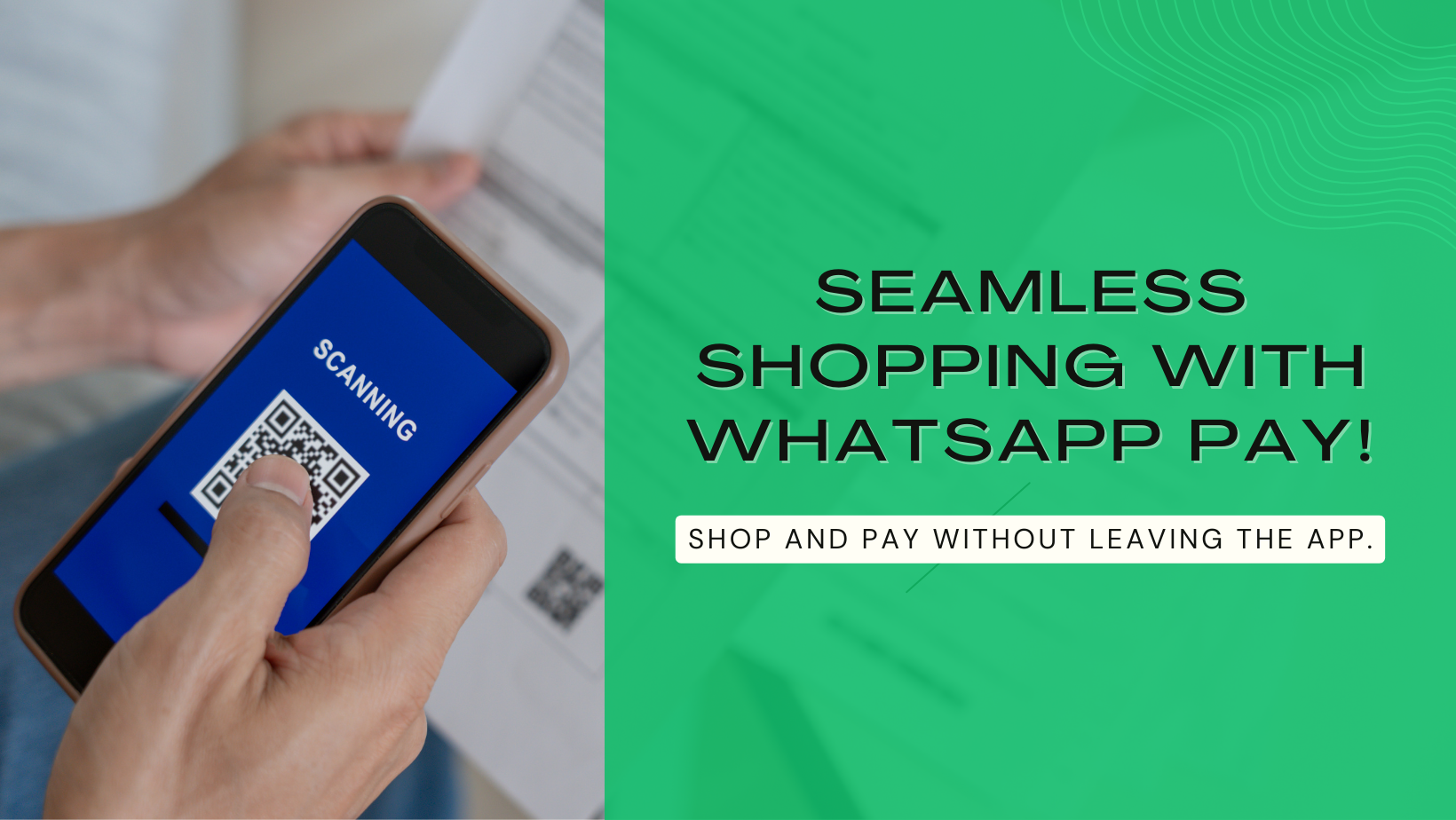HOW UP-SELLING AND CROSS-SELLING HELPS YOUR BUSINESS TO GROW?

Till now we have learned a lot of information about the product. We have just seen what is the second-year information of the product, what is the primary information, how all this information helps us in making the right customer. In the last blog, we saw how we can set the price of the product for different buyers. We also understood why it is important to assign the buyer group.
Today we will see that whenever you present the product to the customer or put it on the website, how we can increase its sales. We will understand how you can set up these marketing elements through Hyper Inventory and how you up-sell or cross-sell your product.
What are Up-selling and Cross-selling?
Up-selling is a sales technique used to get a customer to spend more by buying an upgraded or expensive version of what’s being purchased.
Cross-selling is a sales technique used to get a customer to spend more by buying a related product of what’s being purchased.
For example,
If a customer comes to buy a smartphone of 10K and you suggest him a smartphone of 20k better than the previous smartphone, then it is called upselling.
A customer comes to buy a Smartphone and you also suggest a phone guard and phone cover with Smartphone, it is called cross-selling.
Why Up-sell and Cross-sell?
Upselling and Cross-selling help the business to increase revenue. Up-selling and Cross-selling also help to improve the customer's shopping experience.
Let's take one example of one of your customers browsing any of your products on your website. So imagine that whatever product the customer is browsing, if you show any product related to that product to the customer, then how easy will the customer experience be. Any product can be relative to any product in 3 or 4 ways.
Types of related products on hyper inventory?
Product variants : It means that if any of your products are coming in different sizes or colours then you can configure it by adding a variant product which will make customer's work easier.
Frequently bought together: These are the products that can be crossed to the buyer who is purchasing this product. The buyer would get this product as a recommendation to buy these products while purchasing this product and after this product.
Ex. If a buyer buys a phone he is likely to buy a phone cover, screen guard etc.
Similar product: The products that are alike the selected product and fulfil a similar kind of purpose. When a buyer is exploring your products, these products are displayed as secondary choices. It is recommended you select the products from the same category but they could be from different brands.
Ex. If iPhone 8 is selected you could assign similar phones like iPhone 7, Samsung galaxy s8 etc.
Sponsored product: This list should include the products which you want to advertise when this product is Searched or bought. This gets your products in front of potential customers looking to make a purchase.
Product accessories: It's such that some of their accessories are necessary to use some products well, so you can suggest them through mention of these accessories.
How to add related products on hyper inventory?
For example, In the below image we have selected one product.
After that, if we want to assign a frequently bought product then we have to click on its assign button or else on the assign button of another related product.
After clicking on assign, all the products we have added nearby are visible in the product list.
If we want to show a product as a frequently bought product from the list, then we can select it from this list and we can show it with that product.
So whatever product you find relevant, you have to select it and click on submit.
You can also rearrange them if you want to select and show the product in a particular order.
Now you can add a similarly similar product, sponsored product and other related products.




